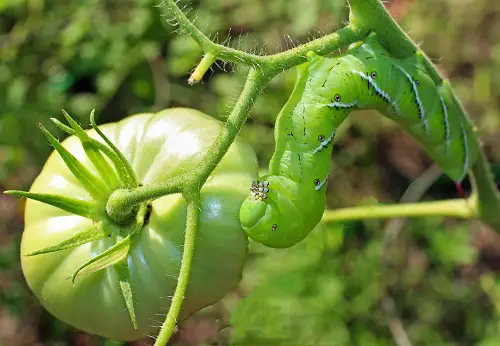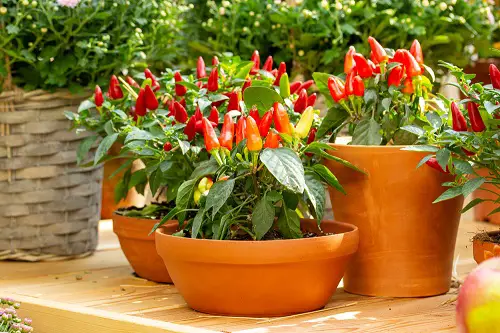Try these Amazing Baking Soda Uses for Growing Vegetables, and we bet you’ll get a better harvest. And that, too, with less work!
This kitchen staple turns out to be a surprising friend to your veggie patch. From keeping those pesky fungal diseases away to saying “see ya later” to unwanted critters, baking soda has some hidden talents when it comes to growing healthy, happy vegetables.
Amazing Baking Soda Uses for Growing Vegetables
1. Grow Sweet Tomatoes
Getting sweeter tomatoes is pretty easy. Just sprinkle a light dusting, like a quarter cup, around the base of your tomato plant once when it’s young and again when the fruits are about the size of a ping-pong ball.
The baking soda seeps into the soil and mellows out the acidity, bringing out the sweetness in your tomatoes. Plus, it even helps keep pests away! Just be sure not to overdo it, too much baking soda can mess with the nutrients your plant needs.
You can experiment with it once in 8-10 weeks and gradually increase it to once in 4-5 weeks. The harvest will tell you if it’s working or not.
2. Protect Brassicas

Are those pesky cabbage worms giving your broccoli a hard time? Baking soda can be your secret weapon! Here’s the trick–mix equal parts baking soda and flour in a container. This dust acts like a double whammy. The flour sticks to the leaves, and when the worms munch on the dusted parts, they ingest the baking soda, too. Not a fan of them, and they’ll be out for the count.
Just be careful not to overdo it; keep it light! It’s a handy option if you’re looking for a more natural way to keep your brassicas, like kale and cauliflower, happy and healthy.
3. Basil Leaves Turning Brown or Black
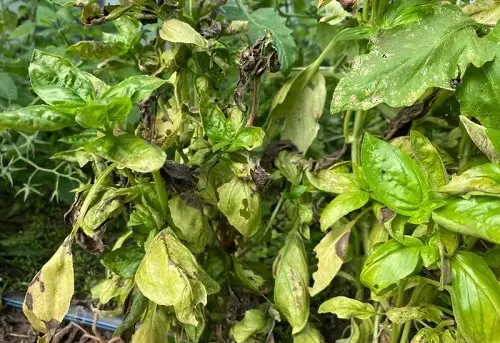
Baking soda is recommended a lot for browning basil, but it’s not a magic cure. It can actually be more helpful to prevent problems than fix them. If your basil leaves are already black or brown, it’s best to pick them off and focus on keeping the plant healthy.
However, if you’re worried about mildew (which looks like white dust), a baking soda spray can help as a preventative. Just mix a half teaspoon of baking soda with a liter of water and spritz it on your basil leaves, but be sure to wash them before using the leaves in your cooking.
4. Get Rid of Tomato Hornworms
Baking soda helps you to repel tomato hornworms—sprinkle it directly, and it will suffocate hornworms. You can also mix it with flour in equal parts and sprinkle it on the stems and leaves, where the worms are seen most—they will feed on it and die.
Baking soda is often mentioned for tomato hornworms, but it’s not the best bet. It irritates them, so you can use it as a quick remedy.
For these guys, you want something faster and more certain. You can handpick them off (gloves are recommended; they can sting a little!) or try a natural spray like neem oil. Neem oil is like spicy bug soap, and they won’t be fans! Here’s the best way to use it.
5. Keep Rodents Away

Do you know what’s another great baking soda use for growing vegetables? Keeping rodents away!
But you should know–while rodents like mice and rats might not love the smell, they’re smart critters and will probably just avoid it. To keep those uninvited guests away, focus on sealing up any cracks or holes in your house where they can sneak in and also sprinkle a bit of baking soda there to keep them from coming back. That’s a much more reliable way to shut them out!
Plus, if you have a rodent problem that’s extensive, it’s best to call in a professional to help get rid of them for good.
6. Protect Cucumbers and Squashes from Powdery Mildew

Don’t worry; baking soda can be your secret weapon against powdery mildew as well! It creates a bit of an inhospitable environment for the mildew by making the leaves slightly less acidic. To mix up your spray, just stir a tablespoon of baking soda with half a teaspoon of mild liquid soap (dish soap without all the extras works great) in a gallon of water. Shake it well, then spritz your plants thoroughly, including the undersides of leaves.
Remember, prevention is key, so aim to spray once a week, especially if the weather’s been humid. Just be sure to test a small area first to make sure your plants don’t mind the baking soda spa treatment!
7. Keeps Pepper Plants Safe from Fungal Growth
Baking soda can be a handy weapon in your gardening arsenal to fight fungus on your pepper plants! Just mix a teaspoon of baking soda with a liter of water and a few drops of dish soap (not detergent!) to help it stick. You can also use horticultural oil for a stronger effect.
Spray your pepper plants with this mixture, especially the undersides of the leaves, every week or two.
This creates an environment less friendly to fungus, making it harder for them to set up shop. Just remember, if the rains come or you water your plants, the baking soda washes away, so reapply to keep those pepper plants protected!
8. Get Rid of Snails and Slugs
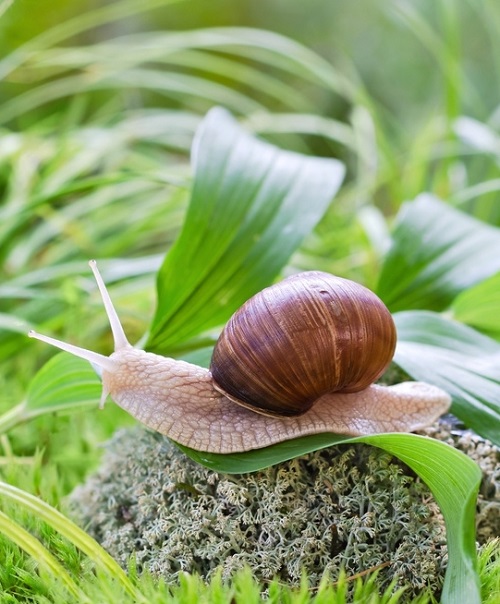
Tomatoes, potatoes, lettuce, and many such veggies are often the target of snails and slugs. So how can you protect them? With baking soda, of course!
Snails and slugs, those slimy garden guests, don’t like the feel of baking soda. You can sprinkle a thin line of baking soda around the base of your plants to create a kind of prickly barrier. Just be careful not to go overboard. You can also pair it up with crushed eggshells. They’ll slowly work their way into the soil and act as a fertilizer.
9. Neutralize the Veggies after Overspraying
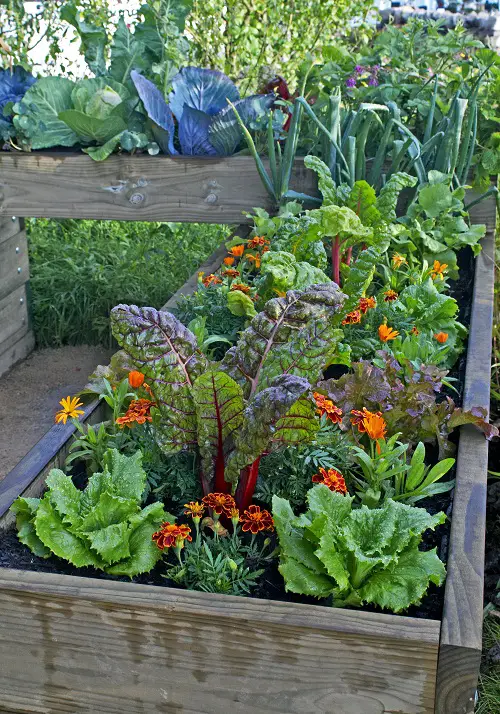
Maybe you accidentally used a little too much fertilizer or weed killer on your veggies? Well, don’t worry if you have no idea what to do–because we do. Just use baking soda. Baking soda can help neutralize the effects. All you need is a solution of 1 tablespoon of baking soda per gallon of water.
Once you have it ready, gently water your plants with it. This will help lessen the impact of harsh chemicals. Think of it like this–the baking soda solution acts like a gentle flush for the soil. It helps wash away some of the excess fertilizer or weed killers, reducing their impact on your precious vegetables.
Bonus: Washing Vegetables Using Baking Soda
Is washing fruits and vegetables with baking soda safe? Absolutely! Cleaning vegetables with baking soda is a pretty neat trick to remove dirt, pesticide residue, and even waxy coatings that might be on them from the store.
Now, how to clean vegetables with baking soda? It’s pretty simple. Grab a big bowl or your sink and fill it with cool water, enough to submerge your veggies. Depending on how much water you have, add 1 teaspoon of baking soda for every 2 cups of water. So, for a full sink, you might use 3 or 4 tablespoons. Give it a quick stir to dissolve the baking soda.
Gently add your vegetables to the baking soda bath. Let them soak for about 12 to 15 minutes. That’s it. Just swirl and twirl them a bit after every 4-5 minutes.
After their soak, take out the veggies and rinse them thoroughly under clean, cool running water– to wash away any baking soda residue and leave them sparkling clean.



